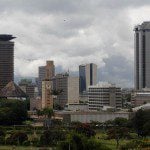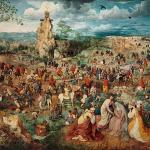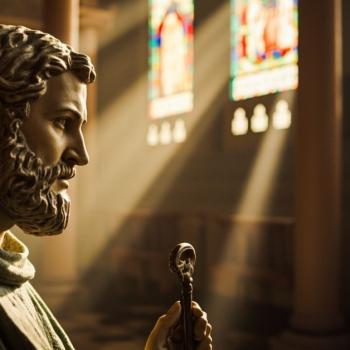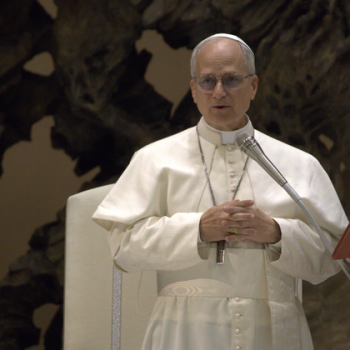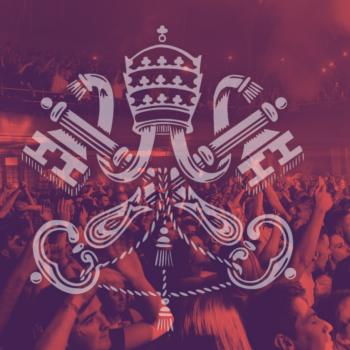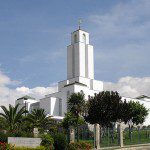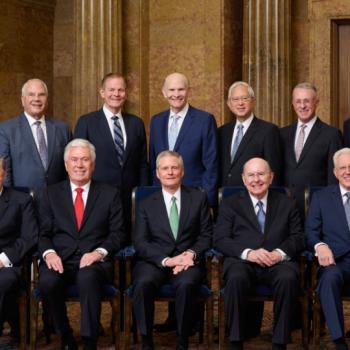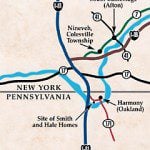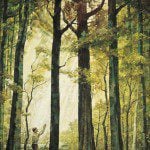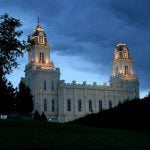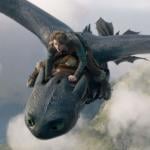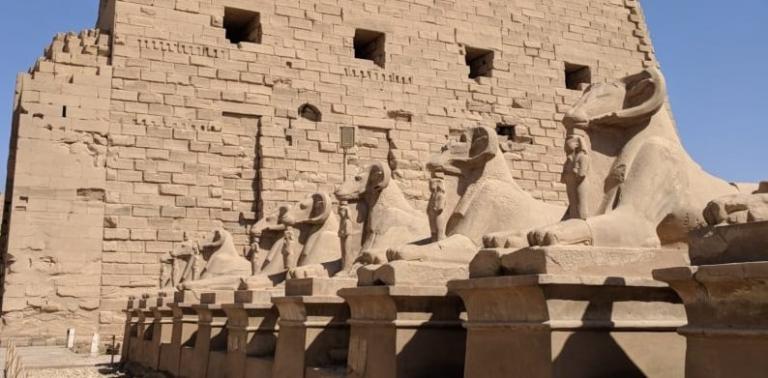
An article reprint — that is, a chapter from an already-published book — has gone up on the website of the Interpreter Foundation. These reprints, which go up on Thursdays, are not to be confused with the articles in Interpreter: A Journal of Latter-day Saint Faith and Scholarship, which go up on Fridays. A few months ago, that difficult distinction left one confused critic very indignant, and I don’t want him to have that embarrassing problem again. So here is an article reprint — which is to say that it’s a chapter from an already-published book: The Temple: Plates, Patterns, & Patriarchs: “Temple Themes in the Book of Abraham,” written by Stephen O. Smoot
Part of our book chapter reprint series, this article originally appeared in The Temple: Plates, Patterns, & Patriarchs, edited by Stephen D. Ricks and Jeffrey M. Bradshaw. For more information, go to https://interpreterfoundation.org/books/the-temple-plates-patterns-patriarchs/. For video and audio recording of this conference talk, go to https://interpreterfoundation.org/conferences/2022-temple-on-mount-zion-conference/videos/smoot/.
“The hermeneutical tradition of members of The Church of Jesus Christ of Latter-day Saints bears unmistakable witness to a sustained interest in reading scripture through the perspective of the temple. Both the Book of Mormon and the Book of Moses in the Pearl of Great Price have received this interpretive treatment, with a variety of authors offering useful approaches that discern clear temple themes in Latter-day Saint scriptural texts. That Joseph Smith’s scriptural translations as well as his revelatory outpouring directly influenced the form and content of the temple endowment ceremony as experienced by the Latter-day Saints cannot be doubted. For this reason, the Latter-day Saint canon will continue to be explored for meaningful themes and elements that tie into both ancient and modern temples.”
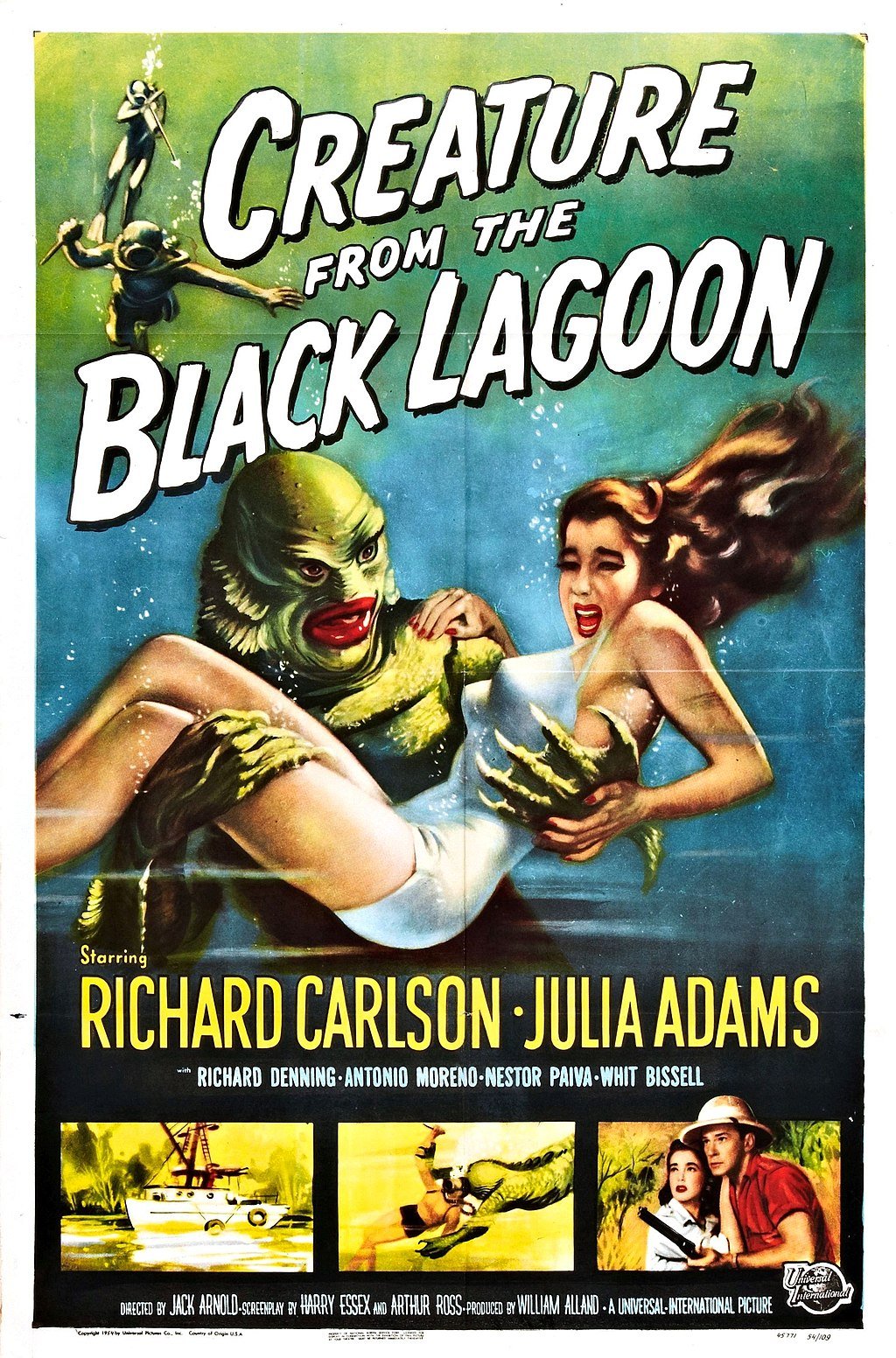
This is potentially really significant news, if it pans out: “Exoplanet K2-18b: alien ocean world may be ‘teeming with life’: There is a 99.7 per cent certainty that the hycean planet has at least one gas in its atmosphere that, on Earth, is produced by living things” By the way, if you’re wondering what on, umm, earth a “hycean planet” might be, this link’s for y0u: “Hycean planet.” Incidentally, Kevin Costner starred in a 1995 movie entitled Waterworld. I’ve never seen it. However, during the years that we lived in Cairo, early in our marriage, Egyptian television ran several films starring Esther Williams. All of them featured synchronized swimming sequences. Clearly, we were desperate.
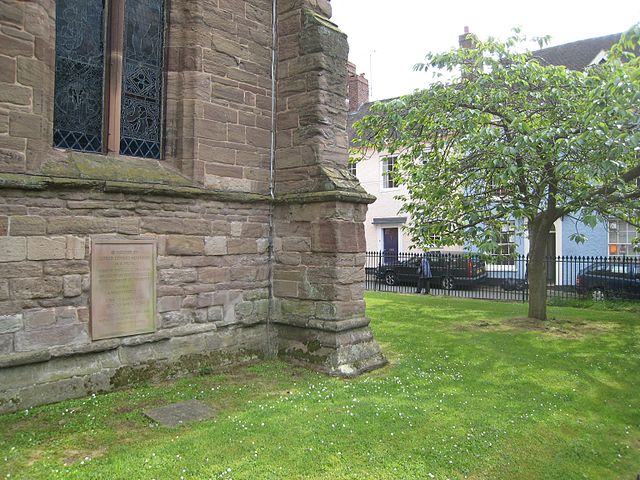
(Wikimedia Commons public domain image)
I’m very fond of the excellent second-tier English poet A. E. Housman (1859-1936), who, along with writing such works as “To an athlete dying young,” from A Shropshire Lad — which I’ve already shared here as part of my poetic run-up to the Easter holiday — was a distinguished classicist at University College London and then at the University of Cambridge. The melancholy mood of many of his poems speaks to me. I’ve even made a minor pilgrimage to his tomb in England.
Housman was an agnostic, perhaps even an atheist, and sometimes a hostile one. (His homosexuality may have been at least a partial a motivation for that hostility.) But he had moments of yearning. This poem, entitled “Easter Hymn,” captures those feelings of longing for a belief that, in the end, he simply couldn’t muster. I share it every year during the Easter season:
“Easter Hymn,” by A. E. Housman
If in that Syrian garden, ages slain,
You sleep, and know not you are dead in vain,
Nor even in dreams behold how dark and bright
Ascends in smoke and fire by day and night
The hate you died to quench and could but fan,
Sleep well and see no morning, son of man.But if, the grave rent and the stone rolled by,
At the right hand of majesty on high
You sit, and sitting so remember yet
Your tears, your agony and bloody sweat,
Your cross and passion and the life you gave,
Bow hither out of heaven and see and save.
We are, as a matter of fact, very close to Easter Sunday. Good Friday is tomorrow. (It commonly falls on a Friday.) So here are some other things that might help you to turn your thoughts to the Atonement of Christ and his Resurrection at this season of the year:
- Deseret News: *Seeking Easter inspiration? Scroll this list of moving music for a piece that speaks to you: Here is a list designed to help you find a video, a song or a playlist to inspire you at Easter”
- Meridian Magazine: “From the Pit to the Partnership: Models That Illuminate the Savior’s Atonement”
- Meridian Magazine: “Models That Illuminate the Savior’s Atonement (Part 2)”
The two Meridian Magazine articles above were written by Professor Richard Gardner of Southern Virginia University.
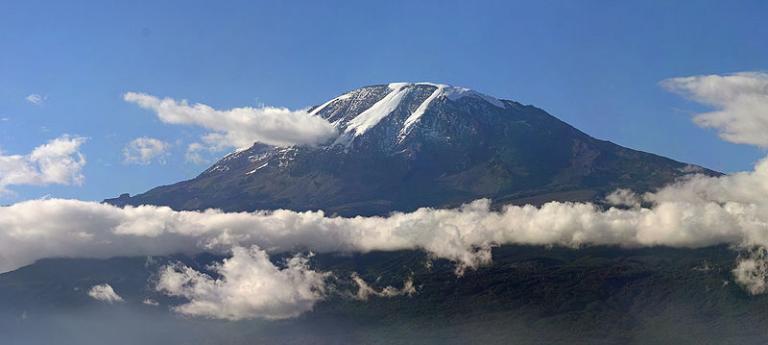
I’ve commented a couple of times over the past few days — here and here — about an evangelical Protestant reaction to the growth of the Church of Jesus Christ of Latter-day Saints in Kenya, so I think it appropriate to post a Church announcement from that fascinating and beautiful part of Africa: “Nairobi Temple Open House Begins.” I wish I could be there.
During what has turned out thus far to have been our only visit to Kenya, I was really struck by the brief time that we spent in the coastal city of Mombasa. There were several memorable aspects: For one thing, our hotel put on the most impressive breakfast buffet that I’ve ever seen. It was outdoors, and the variety of fruit alone that was on offer was spectacular. Our hotel was located on the seashore, and there were signs warning us against walking on the beach after dark. We were curious as to why, so we walked toward it. In the dim moonlight, as we drew closer, the entire beach — the beach, not the ocean — appeared to be in motion. It was very strange, and we couldn’t figure it out at first. Then we realized that what we were seeing was tens of thousands of crabs moving in every direction, over and under each other, on the sand. It was exceedingly weird. Eerie.
I suppose, though, that the what struck me most about Mombasa was the character of Islam that I observed there. The city has a large Muslim population, but it felt . . . different. It felt African. All of my experience of Islam up until that visit had been in Arab areas. I had lived in East Jerusalem — the Palestinian Arab part of the city — and we were, at that time, living in Cairo, the largest of all Arab cities. In Mombasa, even the call to prayer was different. And there were posters around the city for “preaching services” that, in some ways, reminded me more of the sorts of things that I might see in south Los Angeles than of what was, by then, familiar to me in Egypt. I found it fascinating. I’m shocked that we’ve never managed to return.


